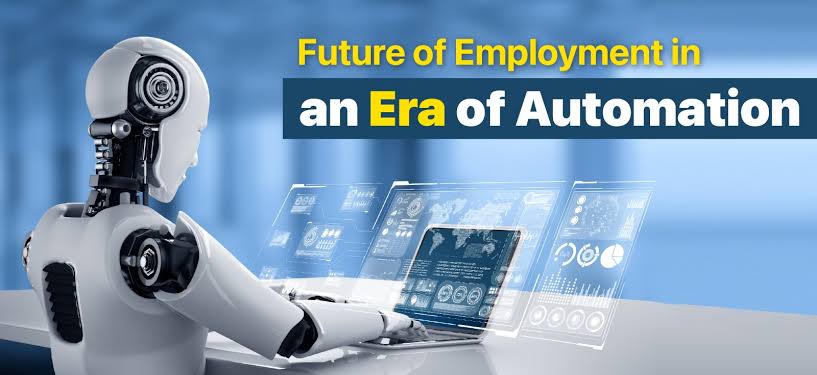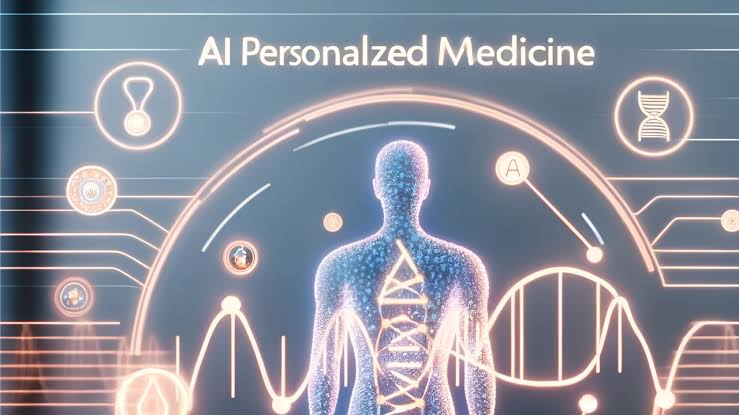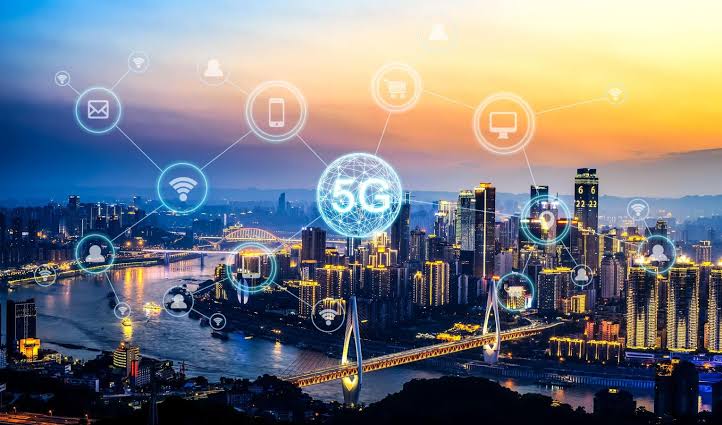As of June 2025, automation is now a key force shaping jobs worldwide. Fast progress in artificial intelligence, machine learning, robotics, and process automation has changed how businesses work and how tasks are done in many industries. These technologies offer better productivity, lower costs, and new ideas, but they also bring worries about job loss and changes for workers.
The future of work now hinges on a delicate balance—how society leverages automation while minimizing its potentially harmful impact on employment. This article explores how automation is changing work, who is most affected, and what strategies can help navigate this complex transition.
Understanding Automation in the Modern Workplace
Automation in 2025 is more advanced and widespread than ever before. It encompasses a range of technologies, from industrial robots on factory floors to software bots that handle customer service, data entry, and even medical diagnosis. Businesses are adopting intelligent systems not only to boost efficiency but also to remain competitive in an increasingly digital marketplace.
Unlike the mechanical automation of the past, today’s systems are capable of learning, adapting, and making decisions. This new generation of automation is integrated into logistics, finance, agriculture, healthcare, education, and transportation, drastically altering the scope and nature of work itself.
Sectors Most Affected by Job Displacement
Not all industries are impacted equally by automation. In 2025, sectors with repetitive, rule-based tasks—such as manufacturing, retail, and administrative services—have experienced the highest levels of job displacement. Warehouse workers, cashiers, call center agents, and data clerks are increasingly being replaced by machines that can work faster, longer, and without human error.
Even white-collar roles are no longer immune. AI tools are now capable of performing legal research, writing financial reports, and managing supply chains. In healthcare, diagnostic AI can interpret X-rays and lab results, reducing the need for certain specialist roles. This wave of change is forcing workers in all sectors to reassess their long-term employability.
The Rise of New Job Categories
Despite fears of mass unemployment, automation is also giving rise to new roles that didn’t exist a decade ago. Fields such as data science, AI ethics, machine learning engineering, cybersecurity, and human-AI collaboration are experiencing strong growth. These jobs require a blend of technical skill, critical thinking, and emotional intelligence—traits that machines cannot yet replicate.
Moreover, industries that focus on human care, creativity, and relationship management—such as healthcare support, mental health, education, and entertainment—are expected to grow as machines take over routine tasks. In 2025, the most in-demand professionals are those who can use technology as a tool rather than be replaced by it.
The Skills Gap and Reskilling Imperative
One of the most pressing challenges brought about by automation is the widening skills gap. As traditional roles disappear, millions of workers are finding that their existing skills no longer align with the demands of the modern workplace. This mismatch threatens to leave large segments of the workforce behind, especially in regions with limited access to digital infrastructure or retraining programs.
Governments and corporations are responding with large-scale reskilling initiatives. Online learning platforms, vocational training centers, and public-private partnerships are emerging to help workers transition into technology-driven roles. In 2025, digital literacy, adaptability, and lifelong learning are no longer optional—they are essential for career survival and success.
Socioeconomic and Geographic Disparities
Automation is affecting populations differently depending on socioeconomic status, education level, and geographic location. Low-income workers and communities in emerging economies are more vulnerable to displacement due to fewer resources for adaptation and upskilling. At the same time, high-income nations with robust digital infrastructure are better positioned to absorb the changes and benefit from automation.
In rural areas, where job diversity is limited and infrastructure remains underdeveloped, automation can lead to increased economic instability. Policymakers must address these disparities through targeted investments in broadband access, education, and localized employment programs to ensure a more inclusive digital transformation.
Psychological and Cultural Impacts of Automation
Beyond economic concerns, automation also poses psychological challenges. Many displaced workers experience a loss of purpose, anxiety, or identity crises after losing long-held jobs. In 2025, mental health experts report a rise in job-related stress and emotional burnout as people struggle to redefine their roles in a tech-driven world.
There’s also a cultural shift underway. The traditional idea of a stable, lifelong career is giving way to a fluid gig economy, freelance work, and project-based contracts. While some embrace this flexibility, others find it destabilizing. The societal narrative around work, success, and productivity is evolving, requiring both individuals and institutions to adopt more adaptable mindsets.
The Role of Policy and Corporate Responsibility
Governments and businesses play a critical role in managing the transition brought on by automation. In 2025, countries like Finland, Canada, and Singapore are experimenting with universal basic income (UBI), digital labor rights, and tax reforms aimed at easing the burden on displaced workers. Meanwhile, companies are being urged to adopt ethical automation practices—such as retraining rather than replacing staff wherever possible.
Workforce transition plans, responsible AI usage policies, and transparent automation strategies are becoming standard across forward-thinking organizations. These initiatives not only reduce resistance to change but also build trust among employees and the public.
Human-Machine Collaboration: A New Work Paradigm
While some roles are being replaced, many others are evolving into collaborative ones—where humans and machines work side by side. In manufacturing, for example, cobots (collaborative robots) assist workers by performing heavy lifting or precision tasks. In offices, AI helps professionals analyze data, generate insights, or automate workflows, allowing employees to focus on higher-value activities.
In 2025, the most effective organizations are those that harness this human-machine synergy. Success is no longer about choosing between people or technology—it’s about integrating both to maximize productivity and innovation while preserving human ingenuity.
Preparing for the Future of Work
To adapt to the changing job landscape, individuals must be proactive. This means investing in continuous education, developing soft skills like communication and creativity, and embracing new technologies rather than fearing them. Employers must create cultures of learning, where growth and adaptability are encouraged at all levels.
Policymakers should focus on long-term strategies that align education systems with the needs of future industries. Preparing the next generation for jobs that don’t yet exist requires curriculum reforms, emphasis on STEM education, and stronger public-private collaboration in shaping the workforce.
Conclusion
Automation is undeniably reshaping the future of work, bringing with it both promise and peril. While job displacement is a real and pressing concern, it is not the full story. New opportunities, industries, and ways of working are emerging just as quickly. The challenge lies in managing the transition equitably, ensuring that the benefits of automation are widely shared.
As of June 2025, the key to navigating this transformation is adaptability. Individuals, institutions, and governments must work together to build a future where technology empowers rather than displaces—where work is redefined, but not lost.
Would you like this formatted into a downloadable Word document, tailored to a specific industry (e.g., education, logistics, healthcare), or rewritten for a particular audience such as policymakers, students, or business executives?



